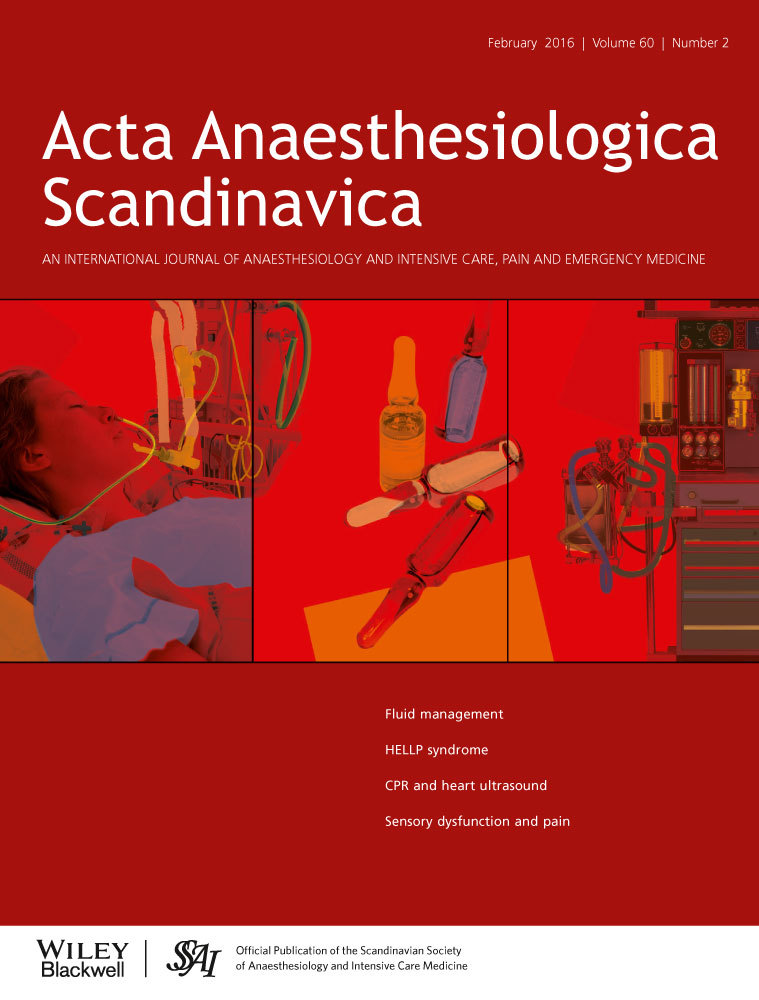Aminocaproic acid administration is associated with reduced perioperative blood loss and transfusion in pediatric craniofacial surgery
Conflicts of interest:
There are no conflicts of interest to disclose.
Funding:
Funding was provided for by the Department of Anesthesiology and Critical Care Medicine of The Children's Hospital of Philadelphia and the University of Pennsylvania Perelman School of Medicine.
Abstract
Background
Severe blood loss is a common complication of craniofacial reconstruction surgery. The antifibrinolytic ε-aminocaproic acid (EACA) reduces transfusion requirements in children undergoing cardiac surgery and in older children undergoing spine surgery. Tranexamic acid (TXA), another antifibrinolytic with a similar mechanism of action, has been shown to reduce blood loss and transfusion requirements in children undergoing craniofacial surgery. However, TXA has been associated with an increase in post-operative seizures and is more expensive than EACA. There is currently little published data evaluating the efficacy of EACA in children undergoing craniofacial surgery.
Methods
This is a retrospective study of prospectively collected data from our craniofacial perioperative registries for children under 6 years of age who underwent anterior or posterior cranial vault reconstruction. We compared calculated blood loss, blood donor exposures, and post-operative drain output between subjects who received EACA and those who did not.
Results
The registry queries returned data from 152 subjects. Eighty-six did not receive EACA and 66 received EACA. The EACA group had significantly lower calculated blood loss (82 ± 43 vs. 106 ± 63 ml/kg, P = 0.01), fewer intraoperative blood donor exposures (median 2, interquartile range 1–2 vs. median 2, interquartile range 1–3; P = 0.02) and lower surgical drain output in the first post-operative 24 h (28 ml/kg vs. 37 ml/kg, P = 0.001) than the non-EACA group.
Conclusion
In this analysis of prospectively captured observational data, EACA administration was associated with less calculated blood loss, intraoperative blood donor exposures, and post-operative surgical drain output.




